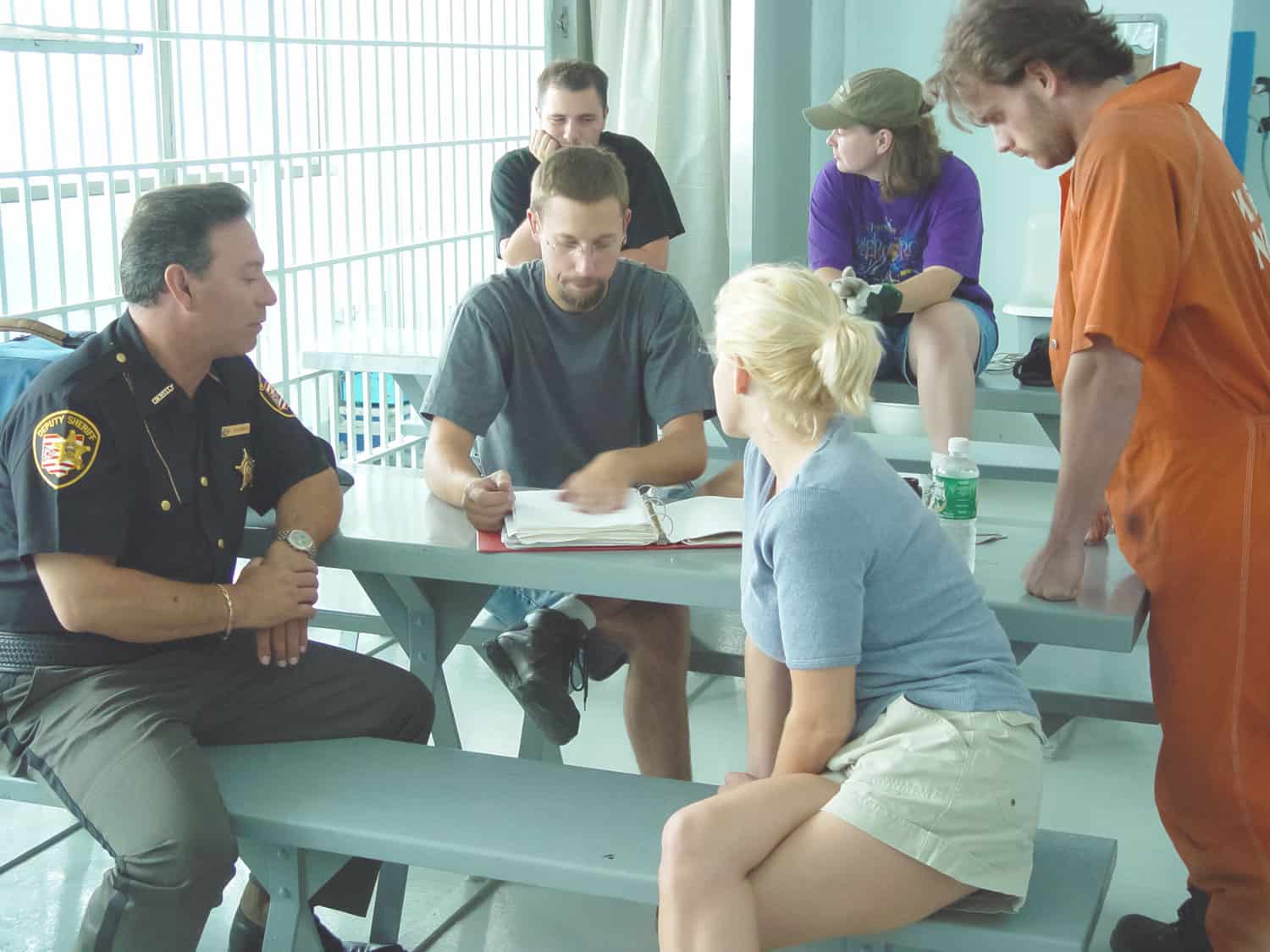The process of preparing to shoot a movie can be pretty frustrating because of how many different tasks you as a producer have to juggle. It’s even more challenging when you don’t have a lot of money to spend and you’re wearing multiple hats.
After I wrote a 60-minute period mystery “Time and Again,” I had about six weeks of pre-production, so I had very little time to get everything ready. The trick I found to work is that I started looking for locations immediately, since the entire schedule hinges on their availability. During the same time, I would stop and visit thrift shops and antique stores to collect props and wardrobe after work each day, storing them in boxes at home until the shoot. I was also calling prospective crew members and organizing the auditions, while preparing my application for production insurance and contacting the city for shooting permits.
The secret to success is to multi-task and understand that EVERYTHING WILL TAKE LONGER TO DO THAN YOU INITIALLY THINK. Remember that pre-production isn’t difficult, it’s keeping the hundreds of small tasks organized that is the challenge.
I always keep a dry erase board by my desk where I can track of all the small details I need to accomplish, checking off the ones that are finished and always adding new ones.
A few tips I learned during pre-production:
- Complete the final script, copy and distribute to cast and crew – Nothing happens without the script, so save your (and everyone else’s) time by finalizing the script before you start pre-production.
- Breakdown the script, create production board and make the production schedule – The sooner you can determine the number of shooting days, how much you can afford to spend each day, and when you are planning on shooting, the sooner you can ask people to get involved. With a schedule in hand, you can ask “Are you available on X day.” “Can I use your lighting gear the afternoon of Y day?”
- Set-up a production office and bring on necessary resources – And yes, your production office can be your home. Just be ready to have a lot of people coming and going, equipment, props and costumes stacked up, and room for a table and chairs for conferences and meetings.
- Set-up insurance, bank accounts and company structure – It’s always wise to separate the production from your personal life. This keeps your finances separate, but protects your personal assets in case someone gets hurt on set. Always hire a good attorney and accountant to help.
- Begin location scouting – Start this right away. Locations are not always easy to find, and the sooner you can start looking, the better. Also remember that you don’t have a location until you have a signed location agreement.
- Begin scheduling auditions for principal actors and extras – Contact local talent agencies to assist.
- Begin talking with crew members, focusing on main crew positions – Call the film commission for the production manual that lists all local crew members. If you time your production right, you may get some amazingly talented and qualified crew people if you schedule your shoot off-season.
- Prepare agreements, deal memos and contracts with cast and crew – You can download all the contracts and forms you need from FilmSkills, but always consult an attorney for any legal documents you plan on using.
- Review budget with newly hired crew members to determine feasibility – You hire qualified department heads for a reason, so listed to them. They will tell you if your vision is attainable, and if not, what you can adjust to make it happen within your budgetary restrictions.
- Research and assemble props and costumes – Start this right away, and keep an eye out everywhere you go. Also use FaceBook and other social media to put word out for any unique props or costumes. You never know what someone may have gathering dust in their basement.
- Contact local film commission and establish relationship for permits and city services – Never shoot without a permit. You’d be surprised how many cities are willing to work with new filmmakers.
- Begin set construction and set decorating – If you need help building sets, contact a local general contractor. While they usually build additions, renovate office buildings, and build homes, a GC may be up for the challenge of building a movie set. He may even have access to scrap materials to help you cut your costs.
- Negotiate with vendors for cameras, lighting and grip equipment – Again, if you time your production so it doesn’t coincide with another film, you may be able to get your gear for a great deal (or even free). Offer to plug the rental facility in your social media to help.
- Contact post-production services including editors, composers and visual effects artists – It’s never to early to think about production, and the sooner you do, the more help you will have on set. It’s better to start the editing process as early as possible so you can pick-up any missing shots while you are still in production.
All in all, start early, be prepared, and surround yourself with people who know what they’re doing. It will help you, and ultimately, the project.


